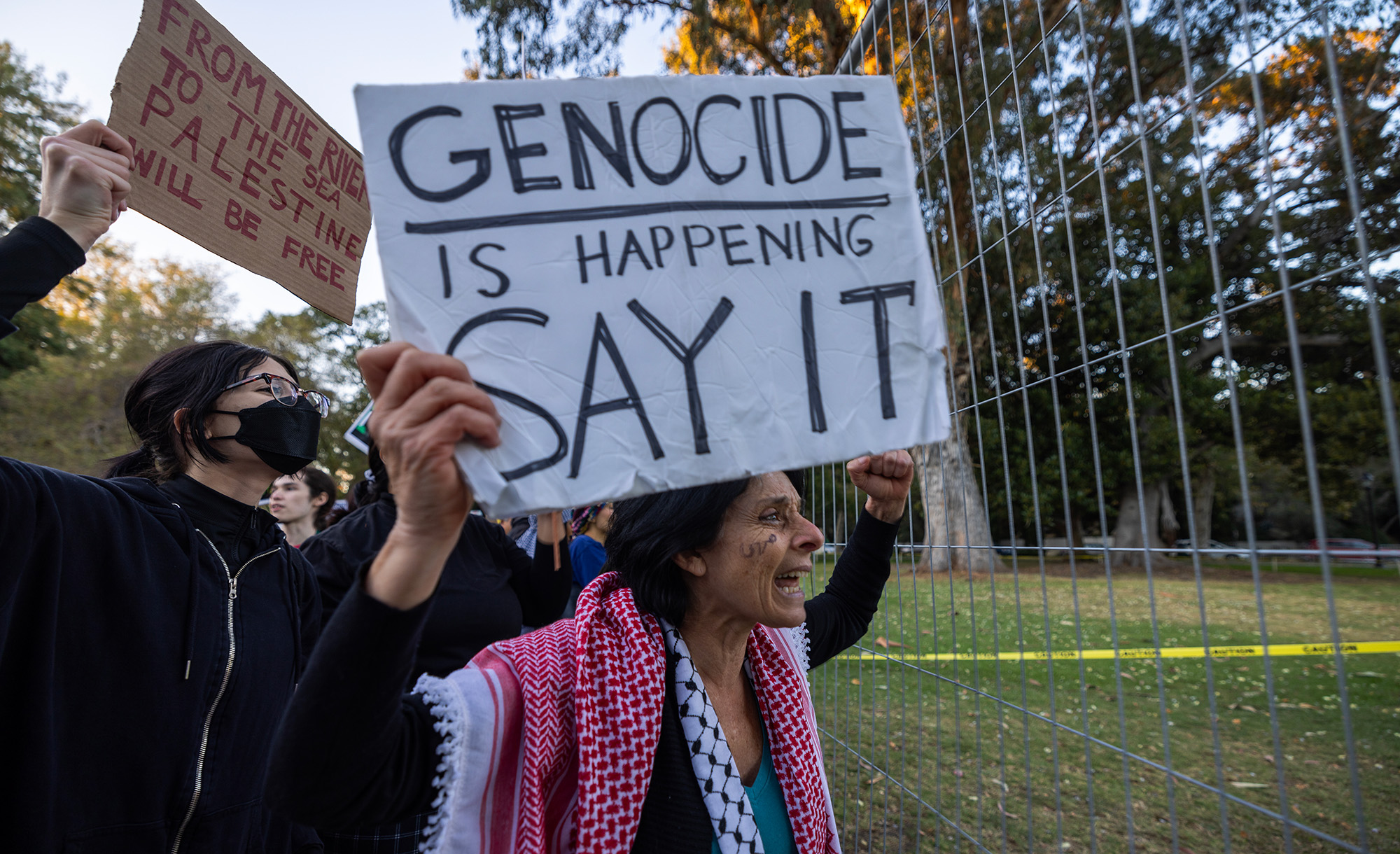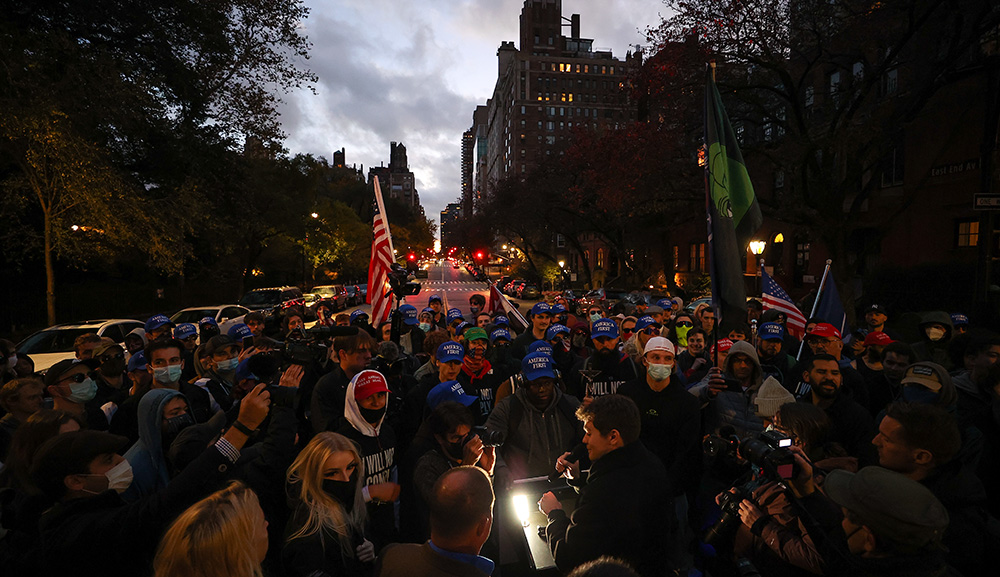One of the great war correspondents of the 20th century and a gifted writer, Martha Gellhorn (1908–1998) may be best known because of her five-year-long marriage to Ernest Hemingway. Gellhorn also had Jewish ancestry on both sides, and on the eve of World War II she expressed—in Rachel Shteir’s words—“growing moral outrage about the Nazis’ intentions and the absence of heroes to stop them.” Shteir writes:
It was after the Munich Pact that [Gellhorn] began to understand the crisis of the refugees who had fled Germany to the Sudetenland, now being annexed by the Nazis. She made two trips to Czechoslovakia, which she wrote about for Collier’s. No one listened. So, she wrote a polemical novel, A Stricken Field, published in 1940, about a writer reporting on the crisis of Jewish refugees in Czechoslovakia. The book contains horror stories based on Gellhorn’s experience pleading with the League of Nations high commissioner for refugees for help to no avail. Like the journalist who was one heroine of the book, Gellhorn judged herself inadequate to help the world stop the tragedy. “What I have is patience, care, honor, detail, endurance, and subject matter. And what I do not have is magic.”
After sneaking herself onto a U.S. navy ship so she could witness, and report on, D-Day—something her famous husband wished to do but was unable to—she went on to be one of the first journalists to visit Dachau. But it was not until after the war that she became a committed Zionist:
This brave soul who never thought of herself as a mother or a wife until midlife also never thought of herself as a Jewish writer, or even a Jew. But the same year [1949] she adopted [an Italian orphan], she made her first trip to Israel, where she felt that “something good” would come out of the war. She would write many pieces about the country and even considered writing a book about it. She was enchanted by Israel in a way she had not been by a country since Spain: it served as a hero for her, filling in where individual people had failed.
In one of her most famous pieces, “The Arabs of Palestine” she drew attention to Arab leaders’ efforts to turn Palestinian refugees into pawns in their war with Israel—and to deluge them with anti-Semitic propaganda. Shteir continues:
In 1967, Gellhorn returned to Israel to write about the Six-Day War. She filed pieces on it for the Nation, the Guardian, and Vogue, [publications that have since turned relentlessly anti-Israel]. She still considered Israelis heroes and Arabs villains. She admired Israelis’ informality, the way they comported themselves in war, and seems at times more Zionist than her friend Moshe Dayan. In the Vogue piece, she writes of “the glorious, incredible, matter-of-fact, Israeli army” which “seems to operate on the revolutionary principle that everyone is glad to be there.” She writes that “the secret weapon of Israel is Israelis.”
More about: Ernest Hemingway, Holocaust, Journalism, Moshe Dayan, Palestinian refugees


